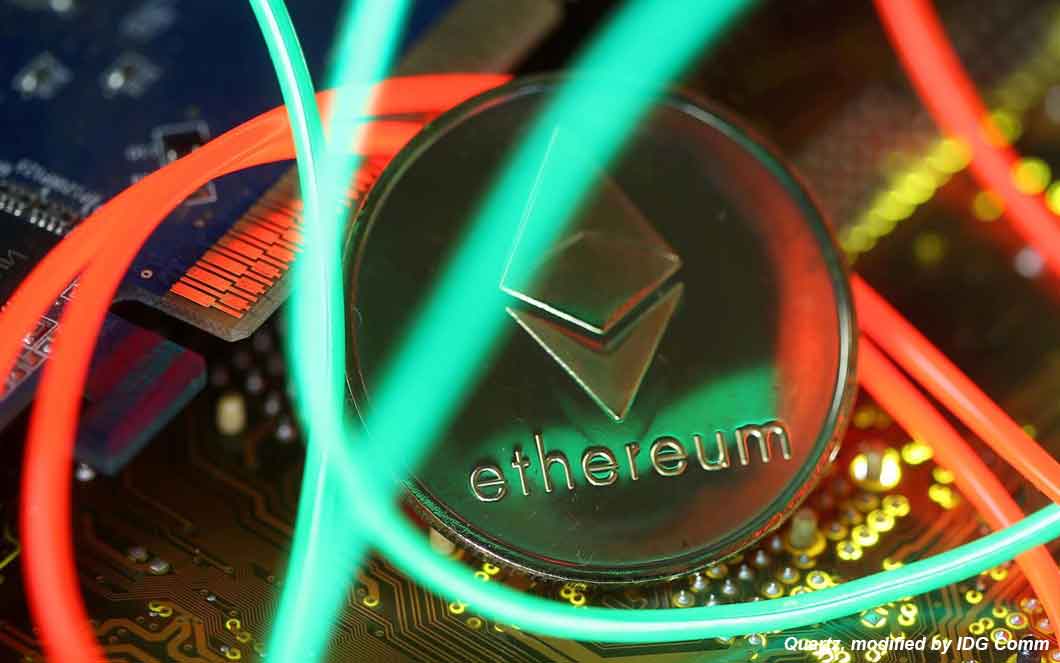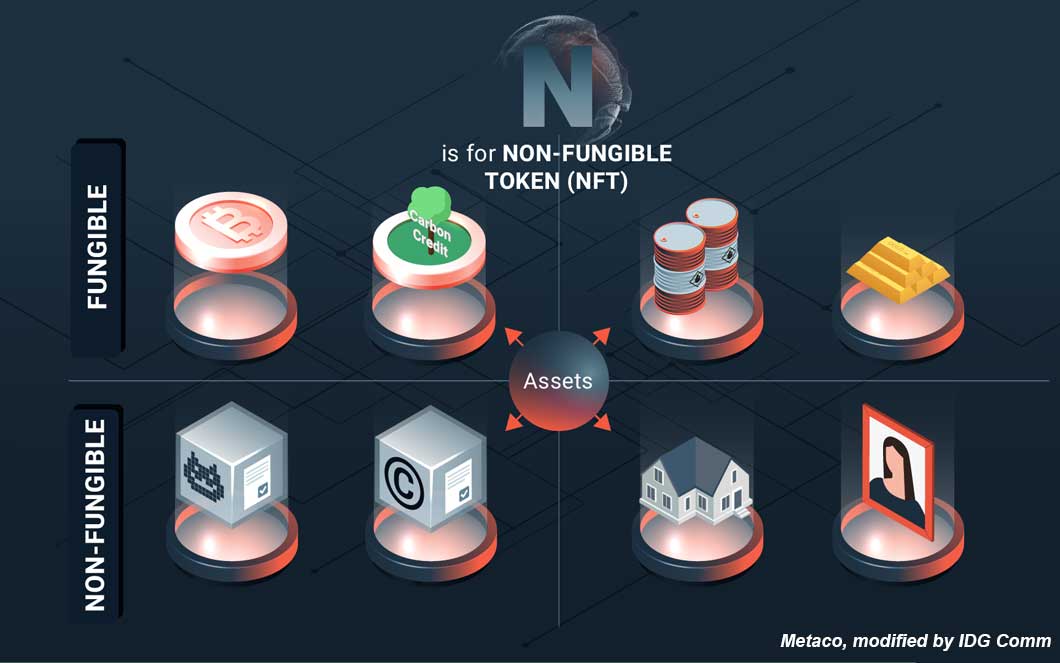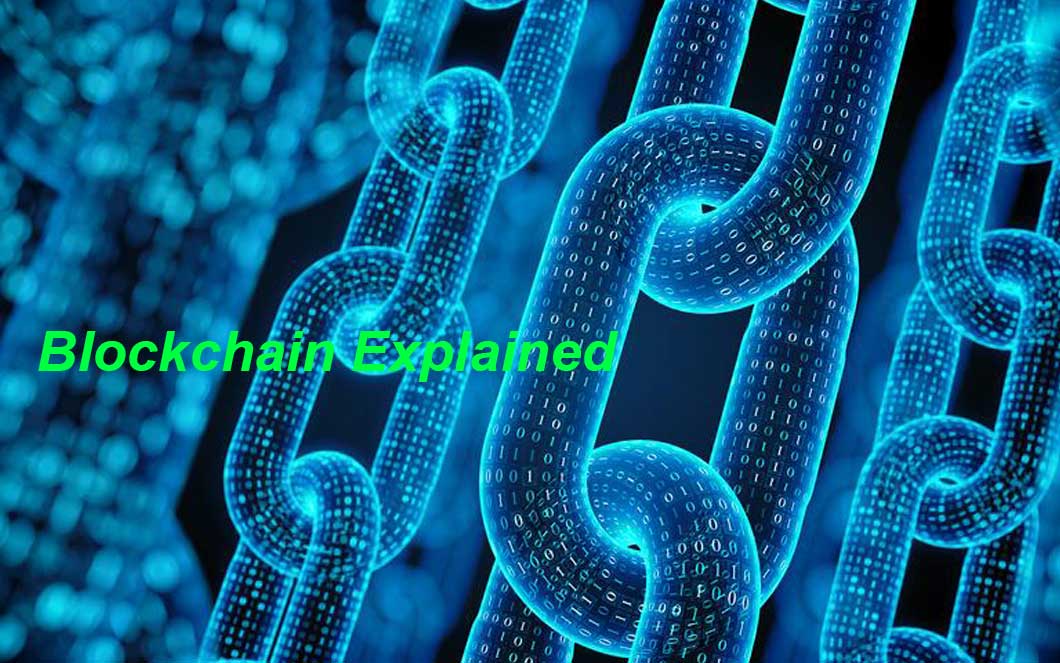Blockchain Explained: Overview
This decentralized, distributed ledger keeps track of the provenance of digital assets. This inability to modify data makes it a viable disruptor in areas like financial processing, cybersecurity, and health care. You will learn what it is, how it is used, and its history with the help of our guide.
What is blockchain technology?
Blockchain, sometimes called a distributed ledger technology (DLT), does not allow the history of all digital assets by using hierarchy and code hashing not changed and transparent.
A simple similarity to understand blockchain technology is a Google document. When we create a document and share it with a group of persons, the document will be distributed instead of copying or transferring. This creates a non-central distribution chain that provides everyone who is accessing the document at the same time. Nobody is locked, who waits for changes from another party. While all changes to the document are recorded in real-time. Which makes fully transparent changes.
Of course, blockchain is more complicated than Google Docs. But the same is useful because it represents three important technologies. I think you should read Quantum Internet Or Quantum technology It Will Blow Your Mind!
A quick review
- A blockchain is a database that holds encrypted chunks of data and then links them together to establish a single source of truth for the data.
- Instead of being duplicated or moved, digital assets are disseminated, resulting in an immutable record of an asset.
- The asset is decentralized, providing the public with complete real-time access and transparency.
- A visible log of modifications protects the document’s integrity, fostering trust in the asset.
- Because of its inherent security measures and public ledger, blockchain is a must-have technology in nearly every industry.
This innovative technology is highly promising and revolutionary due to its capacity to assist reduce risk, eradicate fraud, and provide transparency in a scalable way.
Bitcoin’s blockchain consists of blocks, nodes, and miners, which are its three primary components.

Blocks
Each block contains three fundamental elements:
- The block’s data.
- An unsigned 32-bit integer is termed a nonce. When a block is formed, a nonce is randomly generated, which is then used to build a block header hash.
- The 256-bit number is used as a hash when coupled with a nonce. Start with a large number of zeroes!
A cryptographic hash is generated when the first block of a chain is formed using a nonce. Unless it is mined, the data in the block is regarded as signed and permanently linked to the nonce and hash.
Miners
New blocks are created on the chain through a process called miner mining. In the blockchain, every block has its own payoff and hash. But mining blocks on particularly large chains is not easy because it references the hashes of previous blocks in the chain.
Miners use special software to solve a very complex mathematical problem called finding the payoff that generates an accepted hash. The payoff is only 32-bit hashes are 256. So anything suitable could be a combination of about 4 billion spark hashes that must be mined before discovery.
When that happens, miners say they have found a “golden nonce” and add it to their blockchain. To change the block in front of the chain, you need to mine not only the block with the change but all the blocks next to it.
This is why it is so difficult to operate blockchain technology. Think of it as “math safety” because it takes a lot of time and computing power to find a golden nonce. If the block is successfully mined, all nodes on the network will accept the change and the mining will be financially compensated. First, learn about today’s technology and what it can do or what you can do with today’s technology.
Uses
Beginning of Blockchain’s Technological Rise: Cryptocurrencies
Cryptocurrencies are the most well-known (and maybe most contentious) use of blockchain technology. Coins such as Bitcoin, Ethereum, and Litecoin are digital currencies (or tokens) that may be used to purchase goods and services. Similar to digital cash, bitcoin may be used to purchase everything from your lunch to your next house.
Due to the usage of blockchain technology, online transactions are always recorded and safeguarded. Cryptocurrencies are digital currencies that record and protect every transaction using blockchain technology. A cryptocurrency (such as Bitcoin) may be used as a digital form of payment to pay for everything from small transactions to major purchases such as automobiles and houses.
It may be purchased with one of the numerous digital wallets or trading sites. Then digitally transferred when an item is purchased. With the blockchain documenting the transaction and the new owner. The allure of cryptocurrencies is that everything is recorded in a public ledger and encrypted, creating an irrefutable, timestamped, and secure record of every payment.
Around 6,700 cryptocurrencies exist in the world today, with a total market capitalization of $1.6 trillion. With Bitcoin accounting for the bulk of that total value. Over the previous few years, these tokens have become immensely popular, with one Bitcoin being worth $60,000. As a result of the rapid interest in cryptocurrencies, these are some of the primary reasons why:
- It is considerably more difficult to steal a cryptocurrency thanks to blockchain’s security. Since each cryptocurrency has its own unique, irrefutable identification number that is tied to an individual owner.
- As a result of blockchain technology, crypto may be delivered to anyone and everywhere in the globe without the need for currency exchange or central bank intervention.
- Some people can get wealthy through the use of cryptocurrencies. Some early adopters become millionaires as a result of speculators pushing up the price of crypto, notably Bitcoin. Whether or whether this is a beneficial development has to be seen. Since some skeptics feel that speculators do not have crypto’s long-term advantages in mind when they speculate.
Large companies are increasingly warming to the notion of a blockchain-based digital currency for payments. Tesla notably stated in February 2021 that it will invest $1.5 billion in Bitcoin and accept it as payment for their vehicles.
There are, of course, many valid reasons against blockchain-based digital currencies. To begin with, cryptocurrency is not a highly regulated market. Many countries were eager to embrace cryptocurrency. But few have enacted strict crypto-related legislation.
Furthermore, due to the aforementioned speculators, cryptocurrency is extremely volatile. In 2016, the price of a Bitcoin token was about $450. It then climbed to over $16,000 per token in 2018, dropped to roughly $3,100, and has subsequently risen to more than $60,000. Because of the lack of stability, some people have become extremely wealthy, while the majority have lost thousands of dollars.
Digital currencies may or may not be the future. For the time being, it appears that blockchain’s stratospheric growth is more than just a fad. Blockchain is showing potential beyond Bitcoin, even if it’s still a relatively young technology that’s currently being explored.
Beyond Bitcoin: Ethereum Blockchain
Created as a very clear ledger system that Bitcoin can run on blockchain has long been associated with cryptocurrency. But technology transparency and security have been embraced day by day. Return to the development of the Ethereum blockchain.
At the end of 2013, Russian developer Vitalik Buterin released a white paper proposing a platform that combines traditional blockchain functionality with one key difference: computer code execution. Thus, the Ethereum project was born.
The Ethereum blockchain allows developers to create complex programs that can communicate with each other on the blockchain.
Tokens
Ethernet programmers can create tokens that represent all kinds of digital assets, track ownership. They perform functions according to a set of programming guidelines. Tokens can be music files, contracts, concert tickets, and patient medical records. Recently, there are many NFTs (NonFungible Tokens).

NFTs are unique blockchain-based tokens that store digital media (eg video, music, or art). Each NFT has the ability to check the reliability of digital media, records, and sole ownership. NFTs have gained tremendous popularity. Because they provide new digital creators with the ability to buy and sell their creations.
While at the same time providing adequate credit and fair profit sharing. The use of Newfound on the blockchain has opened up the possibilities of the director’s technology to penetrate other sectors such as media, government, and identity security. Thousands of companies are researching and developing products. 6G technology is coming !! What does 6G mean to you?
The ecosystems that are fully implemented with today’s fast-growing technologies. The blockchain challenges the status quo of innovation, enabling companies to experiment. With breakthrough technologies such as peer-topia energy distribution and decentralization for news media.
Similar to the definition of blockchain, the use of the director system is evolving with the development of technology. The blockchain has almost an infinite amount of applications across almost every industry. Applying director’s technology to track financial fraud.
Securely share patient medical records among medical professionals, track business intellectual property rights. The artist’s music rights may work in a better way.
History of Blockchain
Although blockchain is a new technology, it has had a rich and interesting history. The following is a brief timeline of some of the most important and notable events in blockchain development.
- Satoshi Nakamoto, a pseudonym of a person or group, publishes “Bitcoin: A Peer-to-Peer Electronic Cash System”.
- The first successful Bitcoin (BTC) transaction took place between computer scientist Hal Finney and the mysterious Satoshi Nakamoto.
- Florida-based programmer Laszlo Hanycez makes his first Bitcoin purchase – two Papa John’s pizzas. Hanycez transferred 10,000 BTC which was worth around $ 60 at the time. Today it’s worth $80 million.
- The market capitalization of Bitcoin officially exceeds $1 million.
- 1 BTC = 1 USD, the cryptocurrency equivalent to US dollars.
- Electronic Frontier Foundation, Wikileaks, and other organizations are starting to accept Bitcoin as donations.
- Blockchain and cryptocurrencies are mentioned in popular TV shows like The Good Wife, bringing blockchain into popular culture.
- Bitcoin Magazine is launched by leading Bitcoin developer Vitalik Buterin.
- BTC’s market cap has exceeded $1 billion.
Bitcoin hits $100/BTC for the first time. - Buterin publishes an article on “The Ethereum Project” suggesting that blockchain has other capabilities besides Bitcoin.
- Zynga Games Company, The D Las Vegas Hotel, and Overstock.com all started accepting Bitcoin as a payment method.
- Buterin’s crowdfunded Ethereum project via an initial coin offering (ICO) has raised more than $ 18 million in BTC and opened up new avenues for blockchain.
- R3, a group of over 200 blockchain companies, was formed to explore new ways to implement blockchain in technology.
- PayPal announces the integration of Bitcoin.
- The number of traders accepting BTC exceeds 100,000.
- NASDAQ and blockchain company SanFrancisco Chain team up to test stock trading technology at private companies.
- Tech giant IBM announces blockchain strategy for cloud-based business solutions.
- The Japanese government recognizes the legitimacy of blockchain and cryptocurrencies.
- Bitcoin hits $1,000/BTC for the first time.
- Cryptocurrency Market Cap Reaches $150 Billion.
- JP Morgan CEO Jamie Dimon says he believes blockchain is the technology of the future, helping the ledger system gain trust from Wall Street.
- Bitcoin peaked at $19,783.21/BTC.
Dubai announced that its government will be powered by blockchain in 2020.
- Facebook is committed to creating a blockchain group and also hinted at the possibility of creating its own cryptocurrency.
- IBM is developing a blockchain-based banking platform with the signing of major banks such as Citi and Barclays.
- Chinese President Ji Xinping publicly accepts blockchain as China’s central bank announces work on its own cryptocurrency.
- Twitter & Square CEO Jack Dorsey announces Square will hire engineers blockchain working on Company.
- Cryptocurrency Future Prediction The New York Stock Exchange (NYSE) announces the creation of Bakkt, a digital holding company that includes cryptocurrency trading.
- Bitcoin nears $30,000 by the end of 2020.
PayPal announces that it will allow users to buy, sell and hold cryptocurrency. - The Bahamas becomes the first country in the world to launch a digital currency of its central bank, aptly called ‘Sand Dollar’.
- Blockchain becomes a major player in the fight against COVID19. Primarily for the secure storage of medical research data and disease information core.

